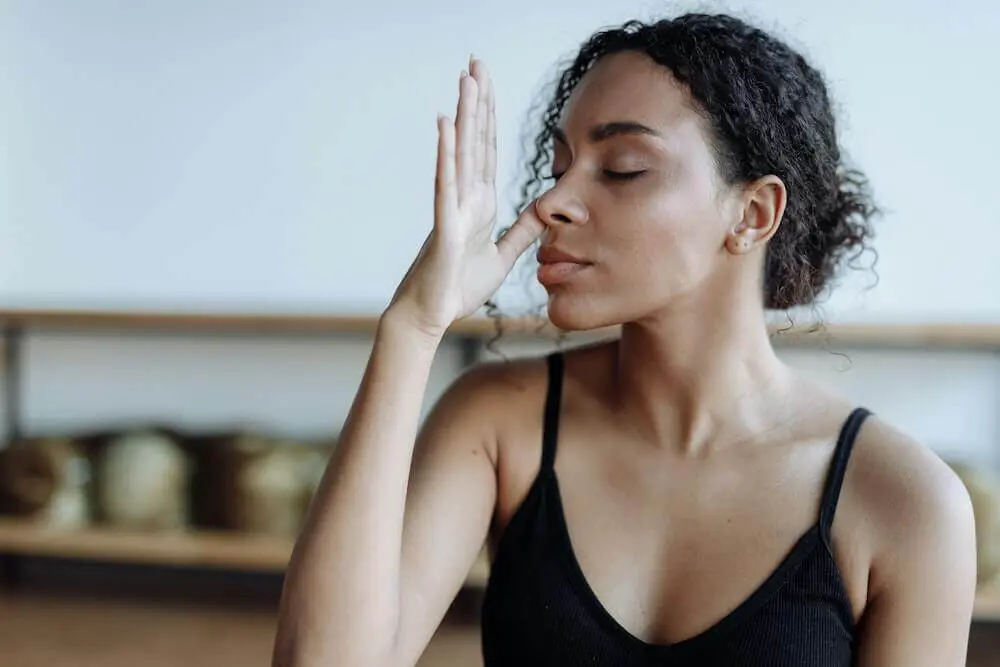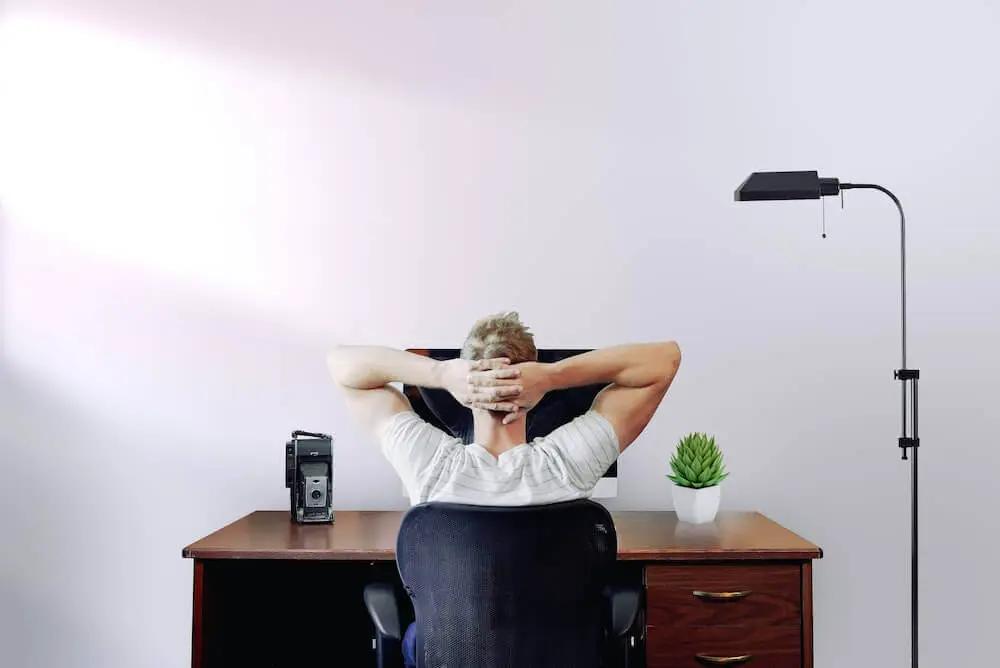Have you ever had an experience where it felt like you couldn’t take in a full breath? All of a sudden, your breathing becomes shallow, your chest feels tight, and you start to feel dizzy and out of control.
These are examples of common responses to anxiety and panic attacks. When our nervous system perceives a potential threat to our safety or well-being, it activates our fight-flight-freeze response. As part of this process, you might notice changes in your breathing. Evidence from extensive research shows that proper breathing can be a major component to effectively managing stress and anxiety, and allows us to self-soothe by activating the part of our nervous system that allows us to calm our mind and bodies down.
Techniques to Anchor Yourself with Breathing Practices
1. Box breathing
Box breathing, or square breathing, is a technique that allows you to slow down your breathing to achieve a greater sense of relaxation. Box breathing involves breathing in and for counts of four. You begin this exercise by breathing out slowly through your mouth and counting to four. From there, you will breathe in through your nose for the count of four, trying to make sure your breath is coming from your stomach, and not up high in your chest. Imagine it is as though your stomach is filling up like a balloon. At this point, try to notice and focus on how the breath feels as you breathe in. After this step, you will hold your breath for a count of four, followed by exhaling through your mouth for a count of four. Once you have exhaled, you will hold your breath again for a count of four, and then repeat the cycle as many times as needed until you start to feel calmer. Most people require at least three to four cycles of this breathing exercise to start feeling a relaxation response.
2. 4-7-8 breathing
This breathing exercise looks a bit different from the previous one, being that it requires you to hold your breath and exhale for longer intervals. Studies have proven that exhaling for longer than you inhale can significantly reduce your anxiety and activate your parasympathetic nervous system which helps you calm down. For this technique, you will begin by breathing in for four seconds, followed by holding it for seven seconds, and then exhaling for eight seconds. As you exhale, try to imagine you are breathing through a straw. As with most breathing exercises, you may need to repeat this exercise several times before you can really start to feel its relaxing effects. One additional benefit this breathing technique offers is for sleep challenges. If you are someone who struggles with insomnia or quieting your mind down as you’re trying to go to sleep, practicing this exercise may help you. Focus as intently as you can on how the breath feels as it goes in through your nose and out through your mouth, and hopefully, soon enough you will be asleep!
3. Hum breathing
This breathing exercise involves you specifically activating your Vagus nerve, which is the largest nerve in our bodies that connects all our major organs and bodily functions. Activating this nerve turns our internal alarm system off, and switches on the rest and digest part of the nervous system, bringing a sense of calm and relaxation. For this exercise, you will take a deep breath in through your nose, and as you exhale you will hum until all the breath has left your lungs. Then, simply repeat five to ten times, or however many times you need! The reason this technique works and can bring an immediate feeling of relaxation is that the humming creates a vibration in your vocal cords, which connects directly to your Vagus nerve. Try this exercise the next time you feel anxious or overwhelmed and pay attention to any release of tension in your body.
4. Physiological sigh
This last research-backed exercise also focuses on activating our vagus nerve to induce relaxation. For this exercise, you will take a deep breath in through your nose, and at the very last moment when you feel you can’t take in any more air, you will take another brief breath in (essentially two inhales), before exhaling for longer than your inhale and making an audible sighing noise. To make it simpler, try breathing in for approximately four seconds, before taking another quick inhale for two seconds, and then sighing as you exhale for eight seconds. Repeat the cycle as many times as necessary.
Important Things to Remember About Breathwork for Nervous System Regulation
1. You will become distracted
As you try these exercises, you may notice your mind and thoughts wandering occasionally. That’s okay, normal, and to be expected. If you notice this is happening, try to not judge yourself too harshly and gently bring your attention back to your breathing. As human beings, it is normal for our thoughts to get ahead of us at times, so the more you practice centralizing your focus back on your breathing and how it feels, the more you will find success with these strategies. Remember, as with most things in life, these things take time and practice to master. Additionally, if you find it difficult to keep yourself on track and not get distracted while practicing these exercises, consider finding a mindfulness app or heading to YouTube to find guided videos that can provide some more direction that may help in keeping you focused.
2. How and when you practice your breathing is important
When trying these techniques for the first time, you may not immediately notice much difference or you may notice an increase in physiological symptoms like dizziness or light-headedness. This is because your body may not be used to taking in as much oxygen and needs some time to adjust to how it feels before it can start to activate your rest and digestion system. As such, it is recommended that you practice these exercises in moments when you are not anxious or panicked. For example, you can practice these breathing exercises when you first wake up in the morning before you start your day, while you are at your desk at work, or even when you are just watching tv at the end of the day. Getting this practice in when your nervous system is not activated will allow you to work the muscle and improve the likelihood that these strategies will help you relax when you find yourself anxious.
The next time you feel like you're losing control of your breathing, remember that you have full control of your body and can practice any breathing exercise most suitable to you. Should you ever feel like breathing exercises are not enough, I empower you to seek professional support from a therapist. We're here to help.
This article was written by Samantha Fogel during their time at Shift Collab.














.gif)







![Why You Need to Unfollow [@YourEx]](https://cdn.prod.website-files.com/625ec823c07cd8de32e1bae2/684af2346eb36cf47933e7ab_20240206T0910-707e5b7e-9802-42a3-8070-ba67b8dc33fd.webp)






![Summer Lovin' [not] Havin' a Blast](https://cdn.prod.website-files.com/625ec823c07cd8de32e1bae2/684af26ed2b68f821b628848_20240206T0910-fd1563e4-34d1-49e6-af59-9b95c717196a.webp)













































































